What we aim to study and understand
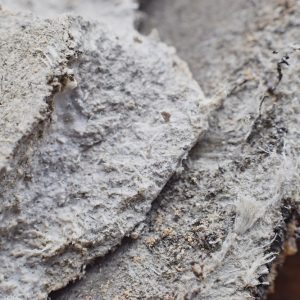
Our team at Paustenbach and Associates has published more than 30 peer-reviewed manuscripts on asbestos regarding exposure science, toxicology, take-home exposures, bystander exposures, and exposure to residents.
Dr. Paustenbach, in particular, has given more than 400 depositions on asbestos toxicology, conducted more than 1,000 exposure assessments, and is a known expert on “state of the art” matters, i.e., understanding of hazards of asbestos over time.

Paustenbach and Associates has studied benzene extensively since 1988 and has published over 20 papers on this chemical. We regularly provide support to our clients with matters related to benzene exposures.
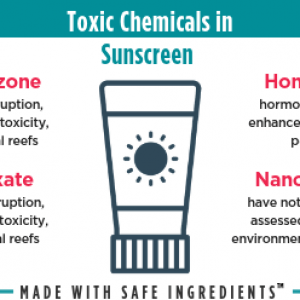
Beginning in around 2015, a growing number of scientists expressed concerns about sunscreens (oxybenzone, zinc oxide, and titanium dioxide) and their alleged ability to damage marine environments, specifically, coral reefs. Swimmers, municipal outfalls, residential outfalls, and boat wastewater discharges have all been claimed to be potential sources of suntan lotion-based contamination into the ocean.
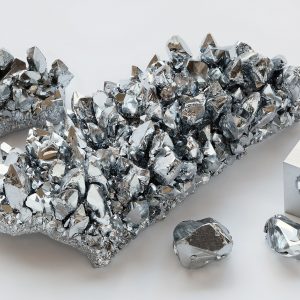
We have been involved in chromium research since the early 1990s, e.g., in the Hudson County, New Jersey superfund sites, litigation regarding occupational exposures within the chrome plating industry, and claims of exposures by communities living near facilities that emitted chromium. We have evaluated Cr(VI) in air, water, soil, and sediments. We have also been named as experts in numerous lawsuits involving both occupational and environmental exposures to chromium.
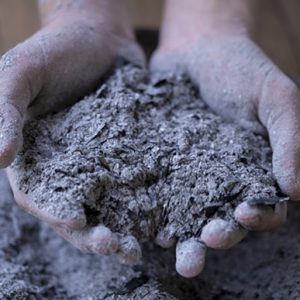
Due to the slides involving coal ash storage and the occasional leachate from basins to groundwater, there has been increasing interest in this substance. Although it has historically been considered a relatively non-toxic material, there has been concern about the hazards posed by fly ash in fugitive dusts and the metals in the leachate (both to groundwater and surface waters).
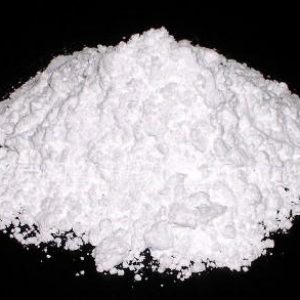
Since 2015, billions of dollars of awards have been distributed by the American court system due to claims of elevated levels of asbestos exposure from talc. Our staff at Paustenbach and Associates has written more than 30 published papers on asbestos, and has been advising clients on how to incorporate more science into the asbestos litigation. We believe that we are well positioned to assist our clients that will be impacted by the litigation that is unfolding in a significant manner.

Our staff at Paustenbach and Associates has extensive experience studying the health effects of various dioxins, such as TCDD, and furans in the environment and in occupationally exposed workers. Our work with respect to determining acceptable concentrations in soil has been cited worldwide for almost 30 years.
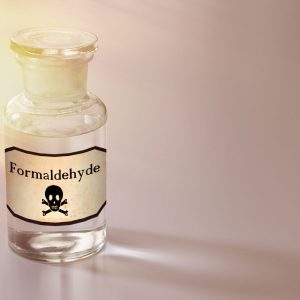
We, at Paustenbach and Associates, have conducted numerous studies to understand the capacity of formaldehyde to cause irritation at low does and its alleged potential to cause respiratory cancer in workers exposed to chronic high doses, e.g., hair stylists in salons. We have also evaluated exposures to formaldehyde from laminate flooring and published papers on this and other topics related to formaldehyde exposures.

This chemical has been the focus of attention by numerous parties for thirty or more years. It was featured in a broadcast of 60 minutes in the 1970s. There have been hundreds of studies of this chemical and the vast majority of them have indicated that it can be used safely and that it doesn’t pose a chronic health hazard.
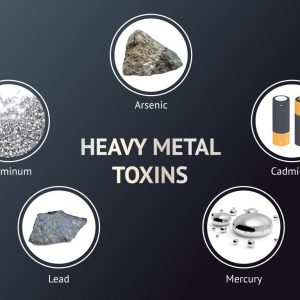
Heavy metals, such as lead, cadmium, chromium, arsenic, beryllium, mercury, and a few others, have merited the attention of occupational physicians, industrial hygienists, toxicologists, and epidemiologists since the early 1900s.
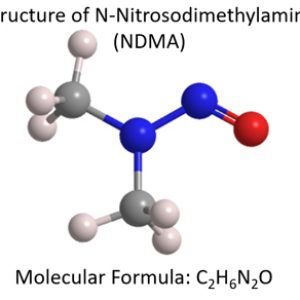
In 2019, after concerns were raised about the presence of N-Nitrosodimethylamine (NDMA), also known as dimethylnitrosamine (DMN), in pharmaceuticals, it was reported in the newspapers that NDMA was also present in the over-the-counter drug Zantac (ranitidine). When it was originally released by GlaxoSmithKline, the drug was so effective at dealing with excess stomach acid and the treatment of gastroesophageal reflux disease (GERD), that it became one of the most commonly prescribed medications in the United States.
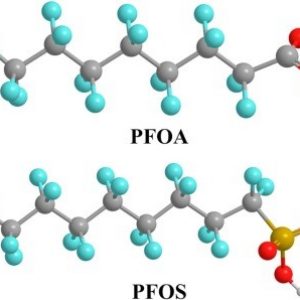
We have been involved with PFOA/PFOS since the early 2000s. We have evaluated occupational exposures to these chemicals and the effects of their release to groundwater. We were among the first to recognize that water from factories that treated fabrics and carpets was a source of contamination of groundwater due to the distribution of sludges from the local water treatment facility have been applied on to farmlands.
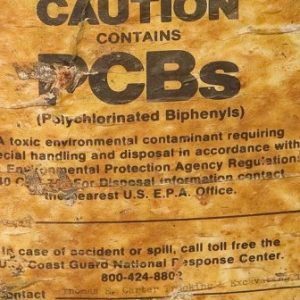
The PCBs are a broad category of chemicals that have been well studied over the years. The concerns were initially on its environmental persistence, then the occupational hazards, then the dermal hazards, then the inhalation hazards (more recent).
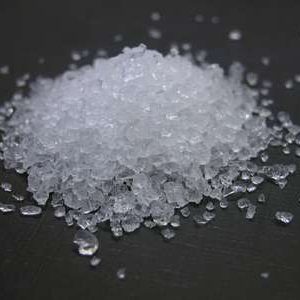
For a period of nearly 50 years, silica was one of the most studied occupational hazards in the world. It underwent dozens of evaluations by Science Advisory Boards and regulatory bodies in the pre-1970 era. The focus has nearly always been on those working in foundries, cement factories, cutting of concrete, and some other occupations.

Epidemiology is the study of diseases in populations of humans or other animals. It is considered the “gold standard” for understanding disease causation. Our firm has extensive experience conducting these studies, both in the workplace and community. They are an ideal component of any risk assessment and are hugely valuable for informing all stakeholders.
Adverse health effects in occupational and environmental epidemiology can include the following: cancer, cardiovascular, neurological, respiratory, immunological, and hematological disease as well as reproductive and developmental effects.

Toxicology is the study of the adverse effects of chemicals on living organisms. Our firm specializes in understanding the hazards of chemicals found in soil, air, sediment, foods, and consumer products. We have a team of consultants that have conducted more risk assessments than anyone else in the business.

Ecological risk assessments are performed to evaluate whether particular environmental conditions (e.g., chemical contamination in air, soil, surface water, sediment, or biota; changes in climate; or the introduction of invasive species) pose a risk to ecological resources. These types of studies are essential to understanding the possible hazards posed by chemicals in terrestrial and aquatic environments.

Our team members pioneered the methodology for conducting exposure assessments and dose reconstructions. We have published nearly 30 papers on this topic involving both the workplace and community exposures.
Exposure assessment involves the collection of data that describes the intake of chemicals via inhalation, dermal absorption, and ingestion. These data are then used to characterize the total dose due to all chemicals with a consideration of mixture effects.
Dose reconstruction attempts to characterize the lifetime intake of one or more chemicals using a combination of simulation data and historical exposure data. These are used to characterize exposures that occurred in the past from when reasonable quality contemporaneous exposure data are not available.

Health risk assessment is a systematic approach for characterizing human exposures in and out of the workplace. It has been relied upon for over 40 years as the basis of decision making for nearly all chemicals. Risk assessments can be used in a variety of contexts, including evaluating exposure to chemicals associated with consumer products, occupational settings, or specific contaminated sites. These assessments are the foundation for decision-making in the corporate setting, regulatory rule-making, and toxic-tort litigation.

Industrial hygiene is the anticipation, recognition, and control of chemical hazards in the workplace. Our team has conducted over 500 industrial hygiene surveys. We have written nearly 50 published papers on this topic.

Each year, greater emphasis is placed on chemicals to which we are exposed daily in cosmetics, toys, paints, agricultural products, building materials, and other related media. Our team has evaluated dozens of these exposure scenarios and welcome the opportunity to examine novel and mainstream chemicals used in commerce.
© 2020 All rights reserved